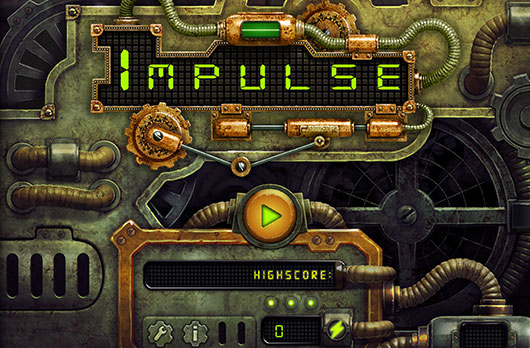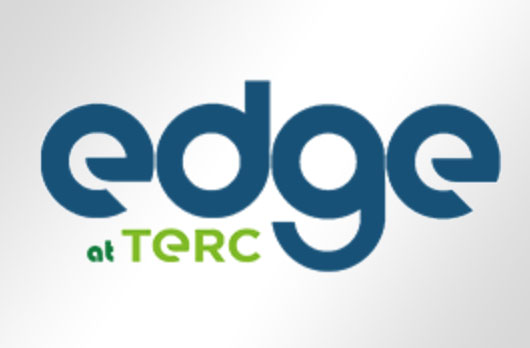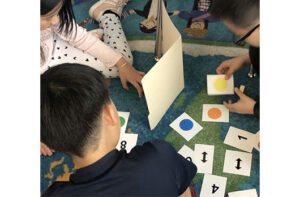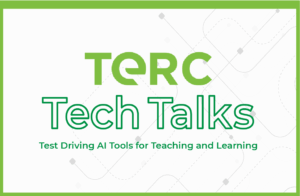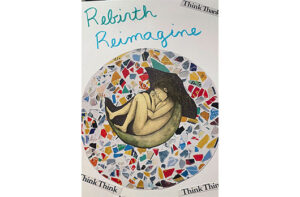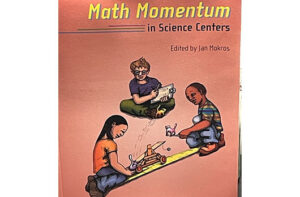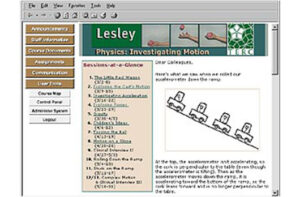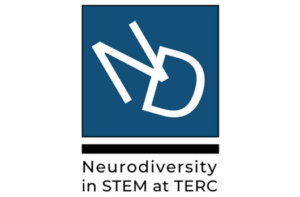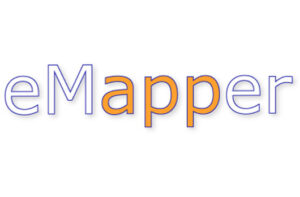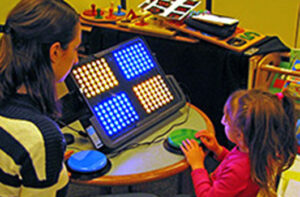Measuring Implicit Science Learning Using Networks of Player-Game Interactions
Michael Eagle, Elizabeth Rowe, Drew Hicks, Rebecca Brown, Tiffany Barnes, Jodi Asbell-Clarke, and Teon Edwards
CHI PLAY '15 Proceedings of the 2015 Annual Symposium on Computer-Human Interaction in Play, pp. 499-504. London, United Kingdom — October 05 - 07, 2015
Summary
Visualizing player behavior in complex problem solving tasks such as games is important for both assessing learning and for the design of content. We collected data from 195 high school students playing an optics puzzle game, Quantum Spectre, and modeled their game play as an interaction network, examining errors hypothesized to be related to a lack of implicit understanding of the science concepts embedded in the game. We found that the networks were useful for visualization of student behavior, identifying areas of student misconceptions and locating regions of the network where students become stuck. Preliminary regression analyses show a negative relationship between the science misconceptions identified during gameplay and implicit science learning.

Related People:
Elizabeth Rowe, Jodi Asbell-Clarke, and Teon Edwards

